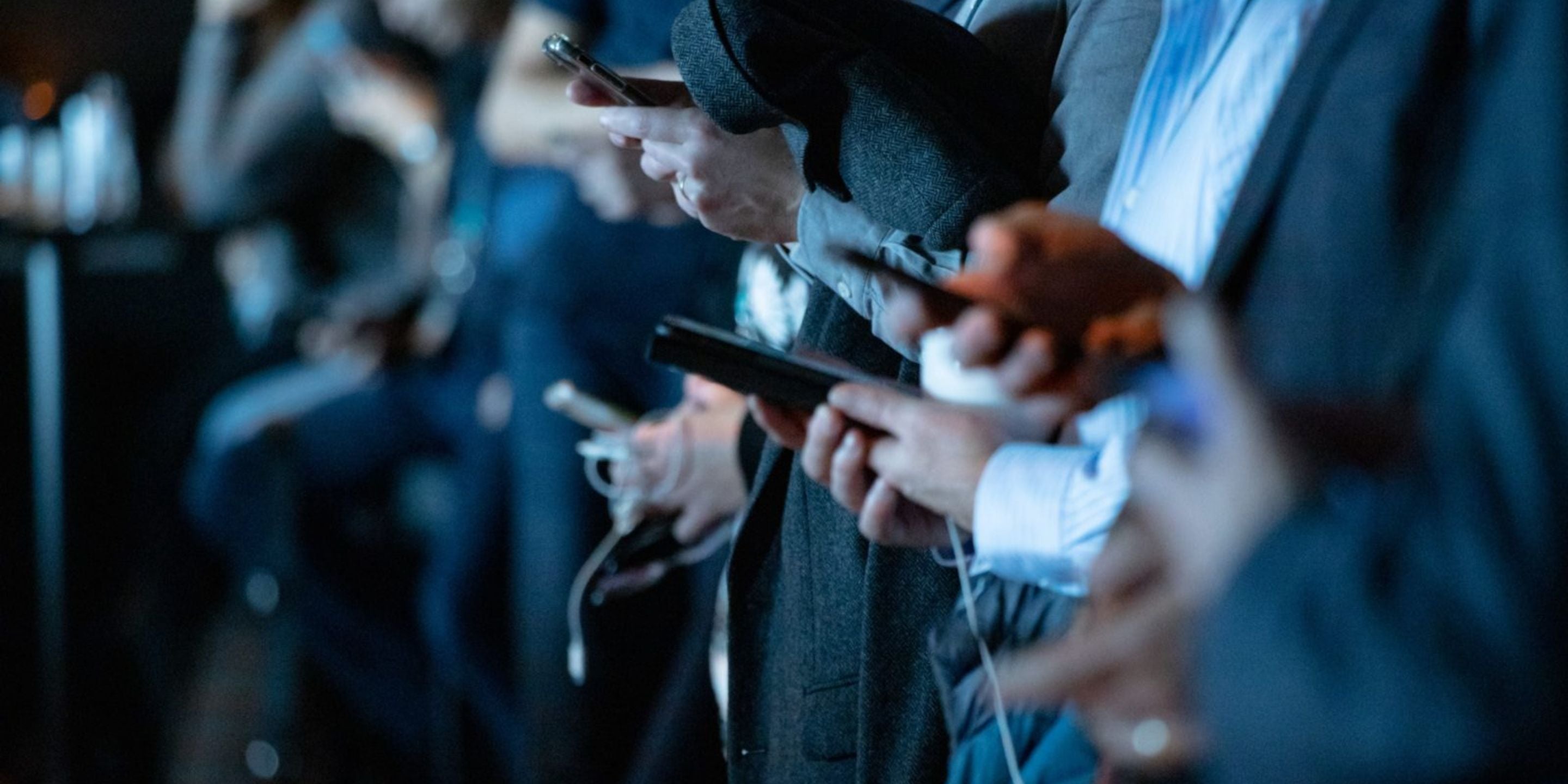Amelia May, Senior Associate in Singapore at Human Capital shares her views on social media usage by executives in the energy industry.
When Bernard Looney assumed his role as the CEO of BP in February, he made headlines by announcing his presence on Instagram and inviting followers to engage in candid and honest discussion about the oil giant’s role in the energy transition.
It was certainly a brave move, and in the energy industry, Looney is already now seen as a pioneer. According to research by the PR group Brunswick, only 11 per cent of oil and gas company chief executives are active on social media, compared to 48 per cent of CEOs in the tech sector.
It is easy to see why company chiefs might shy away from attempting such engagement – countless PR executives lined up in the days that followed Looney’s Instagram launch, warning of the dangers of engaging with climate activists on social media, where they are well equipped to take the fight to the big corporates. One Instagram consultant, Sara Tasker, even told the BBC there was “a slight sense of dad dancing at a wedding when you see chief executives posting on social media.”
But Looney is not the first, and certainly won’t be the last, to take to the platform as a means to engage with a wider, likely younger, audience. David Solomon, CEO of Goldman Sachs, has more than 25,000 followers on Instagram and even runs a second account, ‘DJ D-Sol’, which is slightly more popular, with closer to 30,000 followers. Perhaps surprisingly, DJ D-Sol has produced records, has been featured in Rolling Stone and has made it onto the Billboard Dance chart. Solomon’s social media activity has helped demonstrate that execs can have some semblance of a work-life balance and has certainly helped to create a likeable image (he famously also gets his own coffee and rides the subway to work).
While there is no doubt social media can be a risky move, for those that can develop an authentic and genuine presence, like Solomon, it can be highly beneficial. This is arguably especially the case in the energy industry, which makes Looney’s move all the more interesting. The industry is certainly in need of an image overhaul, as there are growing signs of young talent deserting the oil and gas majors in light of concerns over climate change.
The issues this image problem creates around generational skillset gaps are not to be sniffed at; according to information compiled by the Higher Education Statistics Agency, the number of graduates going into oil and gas exploration in 2017 was at its lowest level since records began in 2012, and was down 61% in four years.
As the industry moves towards decarbonisation and continues to focus its efforts around technological advances to address climate concern, it needs to attract talent with diverse backgrounds, outside the existing candidate pool, and with a new range of tech skillsets. In a world where being an influencer is a full-time job and where, in the US, 75 per cent of Gen Z and over 50 per cent of millennials use Instagram, the app must have a role to play as an important PR tool.
You can argue that Looney is inspired by getting on board Instagram to access a new audience and drive recruitment of younger generations into BP. It certainly seems unlikely that, as a 28-year veteran of one of the world’s largest oil and gas companies, he will come in for any criticism that he hasn’t heard before elsewhere. There are countless stories of social media car crashes, but when you consider that 48 per cent of CEOs in the S&P 500 and FTSE 350 companies are reportedly on social media, it has to be said that very few have fallen foul. Besides, we should – on principle – be hearing more from corporate leaders, not less.
Looney is taking a smart path. He has not only set up on Instagram, but also has a brand new LinkedIn profile where his message is the same – a two way dialogue where he not only posts content, but actively listens. As a social media rookie, it is worth noting that he is also a big fan of reverse mentoring, where senior executives are paired up with, and mentored by, younger employees, to hear their views on social media, technology, work-life balance and other current trends. By showing such a willingness to interact with nextgen audiences, Looney hopes to help give the energy industry a vital rebrand.
If those younger audiences genuinely believe he’s listening, he might also gain some invaluable insights to help set BP apart in both the war for talent and energy’s tech revolution. A quick glance at Looney’s Instagram does indeed show he’s interacting with his audience in the comments; he is embracing the scepticism and the challenges, responding to cynics’ comments and questions around diversity, social justice and climate change.
Instagram certainly lacks the power to solve the industry’s resourcing problem alone. But, if used in an authentic fashion by senior executives to share advances, insights and latest thinking, it could just help destigmatise the industry and at least pique the interest of a somewhat reluctant next generation.

